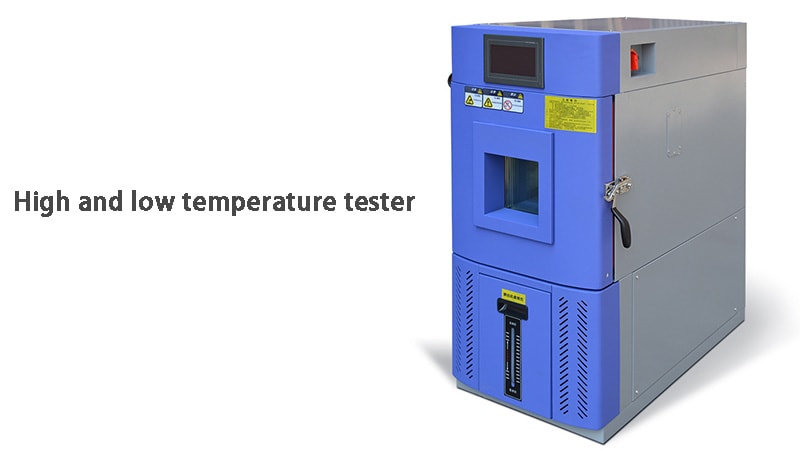The world we live in is an ever-evolving symphony of elements, all co-existing in a delicate equilibrium. As human beings, we are both observers and participants in this grand performance. Have you ever paused to consider how our actions might be influencing this delicate balance? That’s where environmental testing comes into the picture.
Environmental testing is an essential process that helps us understand the health and sustainability of our planet. It provides crucial information about the state of our environment, detecting changes and identifying possible threats, thus enabling us to take appropriate actions. In essence, it’s our best tool to safeguard the future of our planet.
Curious to learn more? Then come along with me, let’s delve deeper into the fascinating world of environmental testing and explore it from six unique perspectives.

Why is Environmental Testing Necessary?
Pollution Monitoring and Regulation is a key aspect of environmental testing. Air quality, water pollution, and soil contamination are all monitored to ensure they stay within permissible levels. By identifying sources of pollution, we can regulate and mitigate their effects, safeguarding the health of ecosystems and human communities alike.
How Does Environmental Testing Benefit Us?
Through Risk Assessment and Prevention, environmental testing gives us the ability to assess potential environmental risks. We can identify hazardous substances in the environment and anticipate their impacts, allowing us to devise preventative measures and reduce potential damage.
How Can We Use Environmental Testing to Predict Future Conditions?
In the realm of Climate Change Studies, environmental testing is a potent predictive tool. Greenhouse gas emissions, rising sea levels, and temperature fluctuations can be monitored, allowing us to develop accurate models of future climatic scenarios. This forward-looking ability empowers us to make informed decisions for our planet’s future.
What is the Role of Environmental Testing in Public Health?
Public Health Monitoring is another significant dimension of environmental testing. The presence of pathogens in water supplies, toxins in the air, or chemicals in food sources can all be identified and assessed. This understanding can then be used to devise effective strategies for disease prevention and health promotion.
How Can Environmental Testing Support Policy Decisions?
Environmental testing is invaluable in the realm of Policy Making and Legislation. Pollution data, risk assessment findings, and climate change predictions can all be utilized to develop sound environmental laws and regulations. By providing scientific backing, environmental testing bolsters our efforts to build a sustainable and healthy world.
How is Environmental Testing Evolving with Technological Advances?
Finally, in the field of Technological Innovation, environmental testing is continuously evolving. Next-gen sensors, remote sensing technologies, and artificial intelligence are transforming how we monitor and analyze our environment. This progression is not only enhancing the efficiency and accuracy of environmental testing but also broadening the scope of what we can achieve.
Conclusion
To wrap up, environmental testing plays a multifaceted role in preserving our planet. From monitoring pollution to informing policy decisions, it is an essential tool in our quest to maintain a healthy, sustainable world. Armed with the knowledge it provides, we are better equipped to face environmental challenges and work towards a better future.
You might also be interested:




